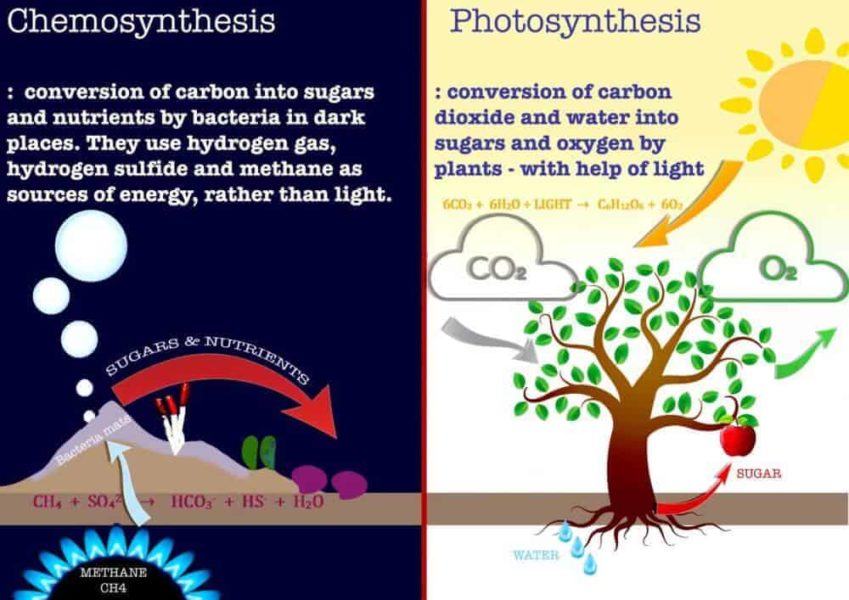Cold seeps are places where hydrocarbons, mostly methane, emanate from the sea floor. Unlike the hydrothermal vents, the fluids and bubbles are no hotter than the surrounding seawater, thus the name.
But like the hydrothermal vents, cold seeps can support high densities of specialized life forms through a process called chemosynthesis.
These seeps can dramatically influence many aspects of the overall seabed community, even in the frigid and dark Arctic Ocean, new study featured in Marine Ecology Progress Series shows.
“For the first time, we have documented that methane seepage clearly influences faunal communities on the bottom of the ocean in high Arctic areas around Svalbard Archipelago.” says CAGE PhD candidate Emmelie Åström who is the lead author of the study.
Plenty but not diverse
Many cold seeps have recently been discovered and mapped on the Arctic shelf of Western Svalbard and Barents Sea. These are connected to melting of methane hydrate, an ice-like substance that forms, and is stable, under the sea floor in cold temperatures and under high pressure.
The study found that methane seeps have a strong localized influence on the abundance and diversity of benthic organisms. The total biomass at seepage sites was significantly higher around the cold seeps compared to non-seepage sites nearby.
“However even though there was a lot of life around those seeps, most of it was comprised of a few species that are highly tolerant of the difficult, methane-rich environments, or even more specially adapted to thrive on methane as an energy source. This led to a substantially lower diversity of species at the cold seeps”, says Åström
Chemosynthesis – a successful life strategy
Åström and colleagues discovered dense fields of chemosymbiotic worms, so-called Siboglinids, around the cold seeps. These are cousins to the dramatic and huge hydrothermal vent worms.
The siboglinids are dependent on microbes for their nutrition. This successful symbiosis relies on the microbes to convert the methane to organic material that provides energy for the worms.
 “Our study shows that the effect of these Arctic methane seeps on life at the sea bottom can be strong but is highly localized, reflecting strong gradients associated to the focused methane emission. This means that the environment changes quickly. The organisms living here have to be flexible and tolerate large changes.” Emmelie Åström points out.
“Our study shows that the effect of these Arctic methane seeps on life at the sea bottom can be strong but is highly localized, reflecting strong gradients associated to the focused methane emission. This means that the environment changes quickly. The organisms living here have to be flexible and tolerate large changes.” Emmelie Åström points out.
Cold seeps can be difficult to spot in contrast to dramatic black smokers of hydrothermal vents. But the observations of specialized – life forms surrounding them may give scientists an indication on location and the amount of methane release.
“This study gives us key observations in a high Arctic location that is likely to be affected by warming ocean temperatures. This in turn may lead to increased methane release from gas hydrates under the sea floor. How biological communities react and consume this methane is extremely important to understand.” Åström states.
If our reporting has informed or inspired you, please consider making a donation. Every contribution, no matter the size, empowers us to continue delivering accurate, engaging, and trustworthy science and medical news. Independent journalism requires time, effort, and resources—your support ensures we can keep uncovering the stories that matter most to you.
Join us in making knowledge accessible and impactful. Thank you for standing with us!

